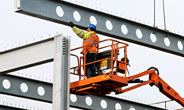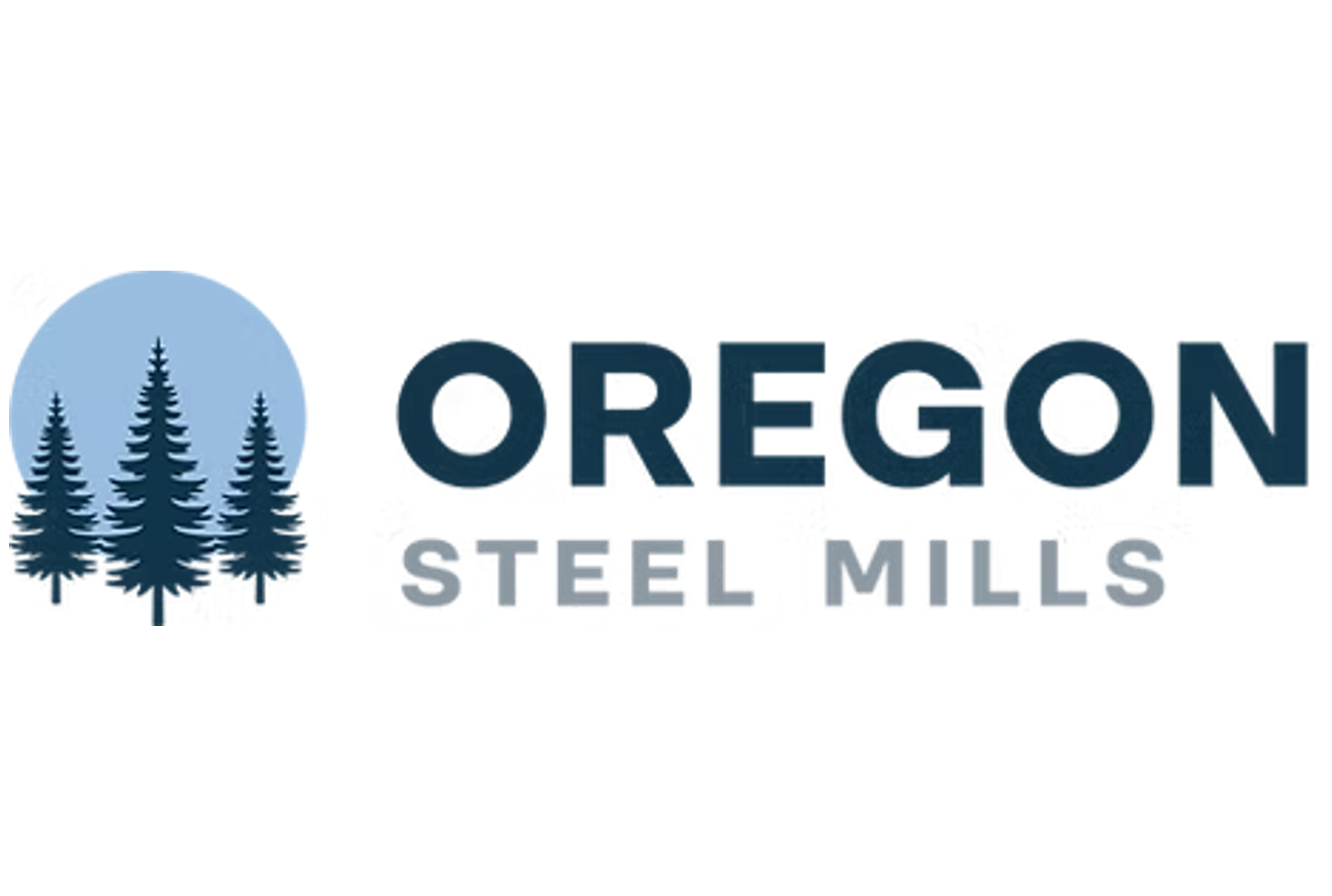Analysis

November 21, 2022
AGC: Skilled Labor Deficits Continue to Trouble Construction
Written by David Schollaert
Just about half of US states added construction jobs in October, while a wave of job openings remained unfilled, according to the Associated General Contractors of America (AGC).
![]() AGC said that open positions at the end of September exceeded the total number of employees hired during October. The lack of qualified applicants last month led to a surge in construction job openings, as the association urges federal officials to take steps to get more people into the construction workforce, including immigration reform and more investments in training and education.
AGC said that open positions at the end of September exceeded the total number of employees hired during October. The lack of qualified applicants last month led to a surge in construction job openings, as the association urges federal officials to take steps to get more people into the construction workforce, including immigration reform and more investments in training and education.
“Although barely half of states added workers in October, government data on job openings and hires show contractors were eager to add employees,” said Ken Simonson, AGC’s chief economist. “The shortfall in available workers is undermining job gains and causing delays and higher costs for many projects.”
Citing recent federal employment data, AGC said there were 412,000 job openings in construction at the end of September, the highest marker for any September since the series began in 2001, exceeding the 348,000 new hires in October.
The results imply that contractors wanted to add more than twice as many workers as they were able to find, argued Simonson.
In October, 27 states added construction employees, 19 states lost jobs, and employment was flat in four states and the District of Columbia, according to data from the Bureau of Labor Statistics.
New York added the most construction jobs last month (+4,500 jobs, or +1.2%), followed by Colorado (+2,600 jobs, +1.4%) and Utah (+2,000 jobs, or +1.5%). The largest percentage gain occurred in North Dakota (+2.0%, or 600 more jobs), followed by Mississippi (+1.9%, +900 jobs) and Nebraska (+1.7%, +1,000 jobs).
Pennsylvania experienced the largest decline in construction jobs in October (3,500 fewer jobs, or -1.4%), followed by Louisiana (-3,400 jobs, or -2.7%) and Florida (-2,900 jobs, or -1.4%). Louisiana had the largest percentage loss for the month, followed by Wyoming (-1.8%, or -400 jobs) and West Virginia (-1.5%, or -500 jobs).
Citing recent Producer Price Index data, AGC said construction costs have ballooned over the past 12 months, and labor shortages were a key driver. The association urged federal officials to allow skilled foreign laborers to lawfully enter the country to address the sector’s deficit, while also lobbying for new federal investments in construction education and training programs.
“Addressing workforce shortages will help tame rising construction costs and keep more projects on schedule,” AGC CEO Stephen Sandherr said. “Immigration reform will provide immediate relief, but public officials must also play the long game and invest in the kind of training and education programs needed to get more workers into high-paying construction careers.”
By David Schollaert, David@SteelMarketUpdate.com







